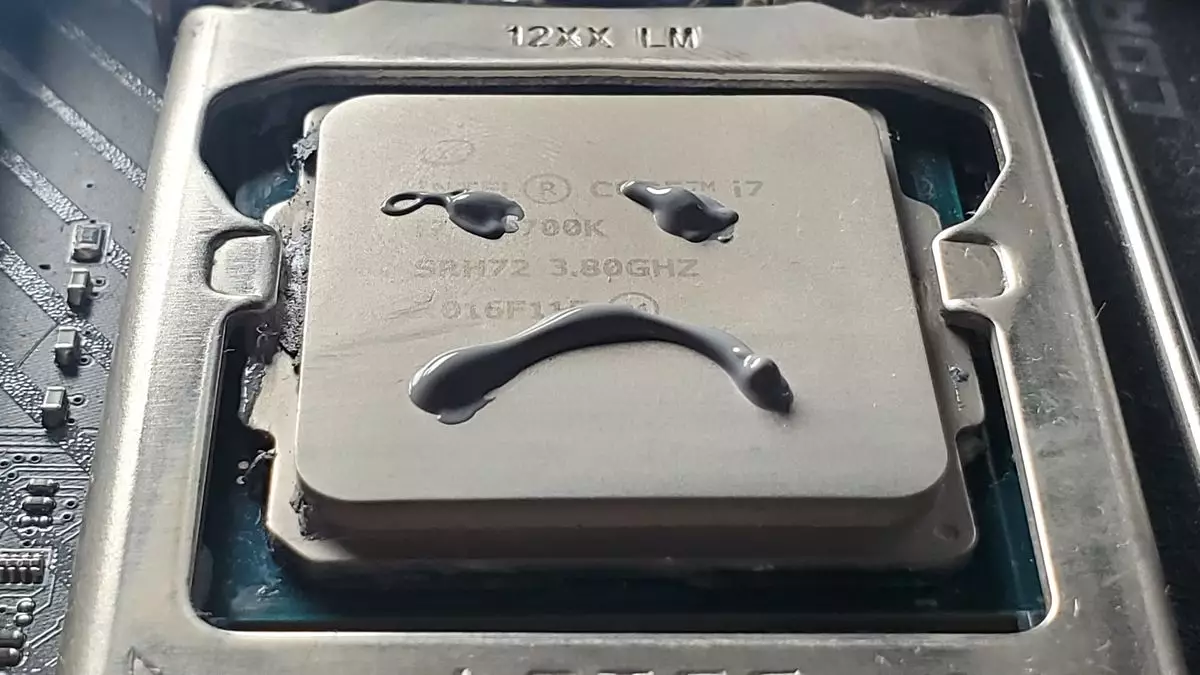In the realm of computer hardware, selecting the right thermal paste often feels like an overly complicated process, often leading to frustration for both seasoned builders and newcomers alike. The variances between products, especially with the plethora of options available, make it challenging to determine which paste genuinely performs best for specific needs. Thanks to Igor’s Lab, however, this once-dreaded task has transformed into an informed venture with the launch of the “world’s first interactive thermal paste database.” But what exactly does this database offer, and how does it revolutionize the way consumers approach the seemingly mundane task of choosing thermal paste?
Thermal paste plays a pivotal role in the effective operation of CPUs and GPUs by facilitating heat transfer from these components to heat sinks or coolers. A profound understanding of different thermal pastes is crucial as even minute variances can lead to significant performance discrepancies. Various factors, including thermal conductivity, viscosity, and the user’s application level, directly impact the thermal paste’s effectiveness. This is where Igor’s Lab steps in, providing user-friendly insights drawn from rigorous testing rather than just relying on marketing jargon.
Igor’s Lab claims that their database isn’t merely an aggregation of manufacturer specifications. Instead, it boasts data derived from authentic laboratory testing, aligning with established industry standards. Igor’s assertion that many results contradict popular marketing claims highlights the necessity for a transparent and empirical assessment of thermal pastes. This surfaces a critical point: consumers should be able to differentiate between claims and actual performance figures, allowing for more sound decision-making.
The potential to evaluate the durability of different compounds further enriches the user experience, allowing builders to ascertain the longevity of their paste choices—although caution is advised, as Igor disclaims any liability regarding these assessments.
One of the standout features of the database is its adaptability to user preferences. By allowing users to filter results based on skill level and specific applications, it caters to novices and veterans alike. Beginners, for instance, might require a more fluid (or “runny”) paste that’s easier to apply, while someone reapplying thermal paste to a GPU could benefit from a compound engineered for low layer thickness. This nuanced approach to filtering allows users to find the most suitable product with relative ease.
Once filters are applied, users can sort the information by vital parameters such as manufacturer, paste name, thermal conductivity rating, and viscosity. The ability to compare two different thermal pastes side-by-side is invaluable. It not only presents contrasting specifications but also offers graphical visualizations of real-world temperature outputs. Such data perks up the analytical mind and empowers users to make more informed choices based on empirical evidence rather than conjecture.
Despite its impressive offerings, the database is not without its quirks. For instance, the current table may extend across multiple web pages, which could lead to some frustrations when navigating comparisons. Also, the viscosity column’s sorting mechanism seems to arrange entries alphabetically, detracting from its utility. User experience can be significantly enhanced with improvements in these areas.
Moreover, integrating a price column alongside thermal conductivity ratings could broaden the appeal to budget-conscious individuals. Most buyers weigh performance against price, and providing a value metric could enhance the database’s utility by delivering a more holistic view of thermal paste options.
In a world where technology continues to evolve rapidly, Igor’s Lab has redefined how consumers engage with thermal paste choices through concrete data and empirical evidence. While the task of choosing the right thermal compound may seem tedious, Igor’s innovative database not only simplifies the process but also provides valuable insights and comparisons necessary for optimal performance in PC builds. With strategic improvements and expanded features, this interactive resource stands as a remarkable tool for both seasoned builders and novices eager to make informed decisions.


Leave a Reply